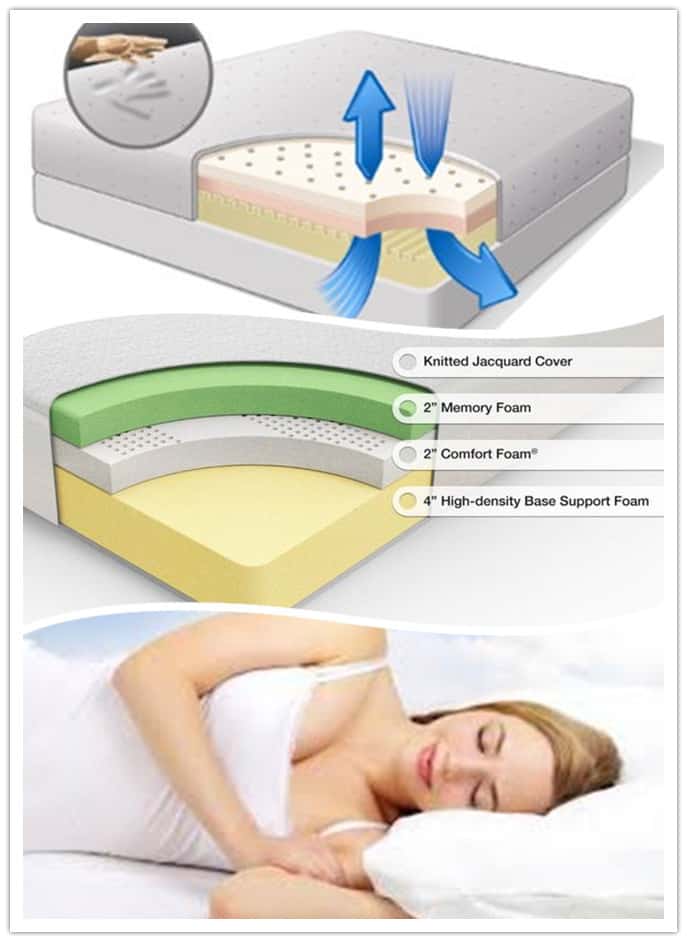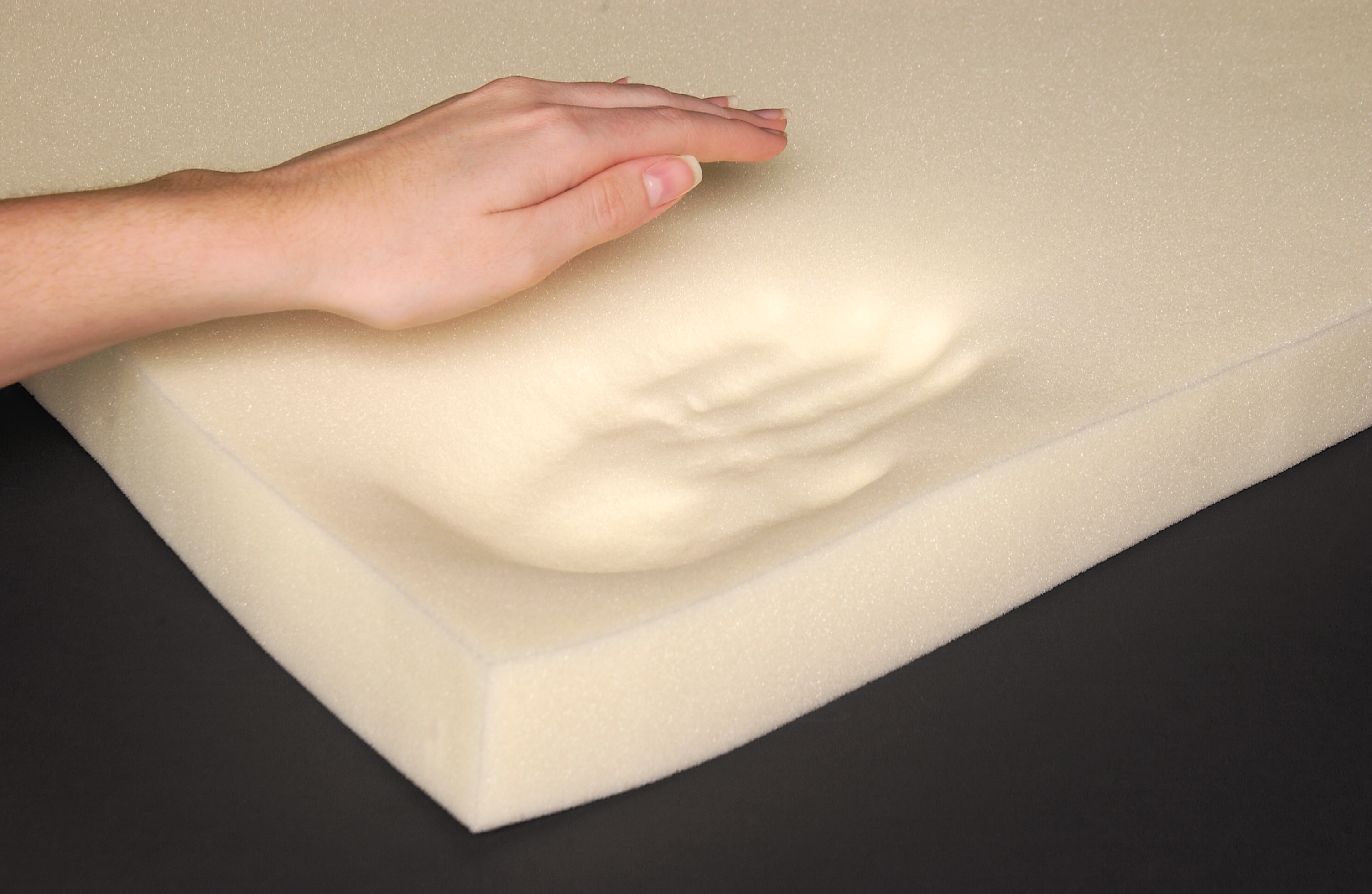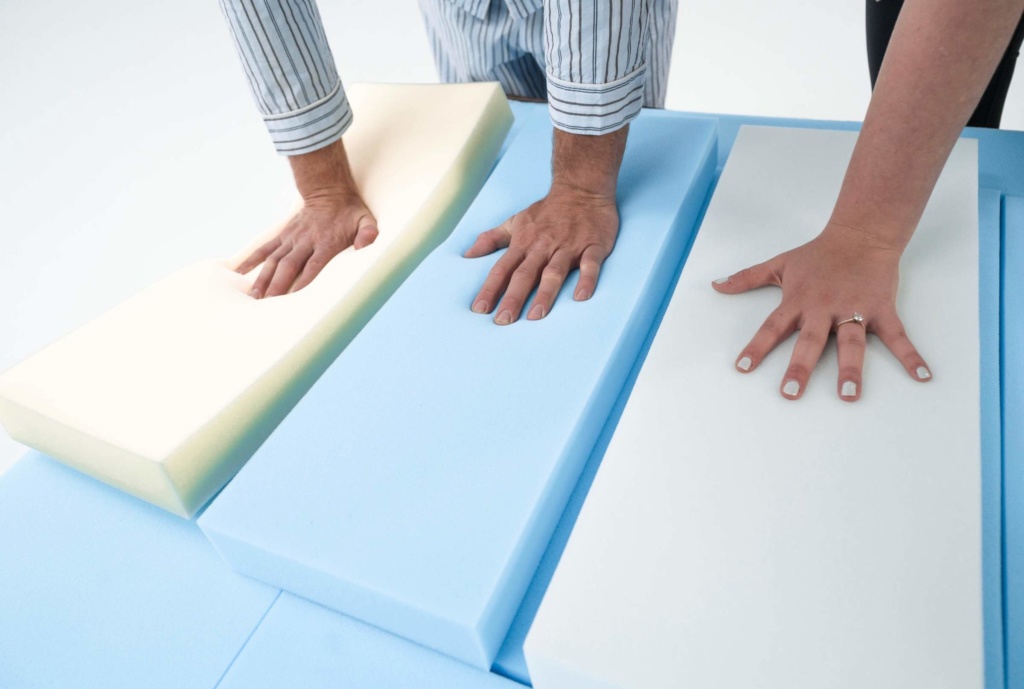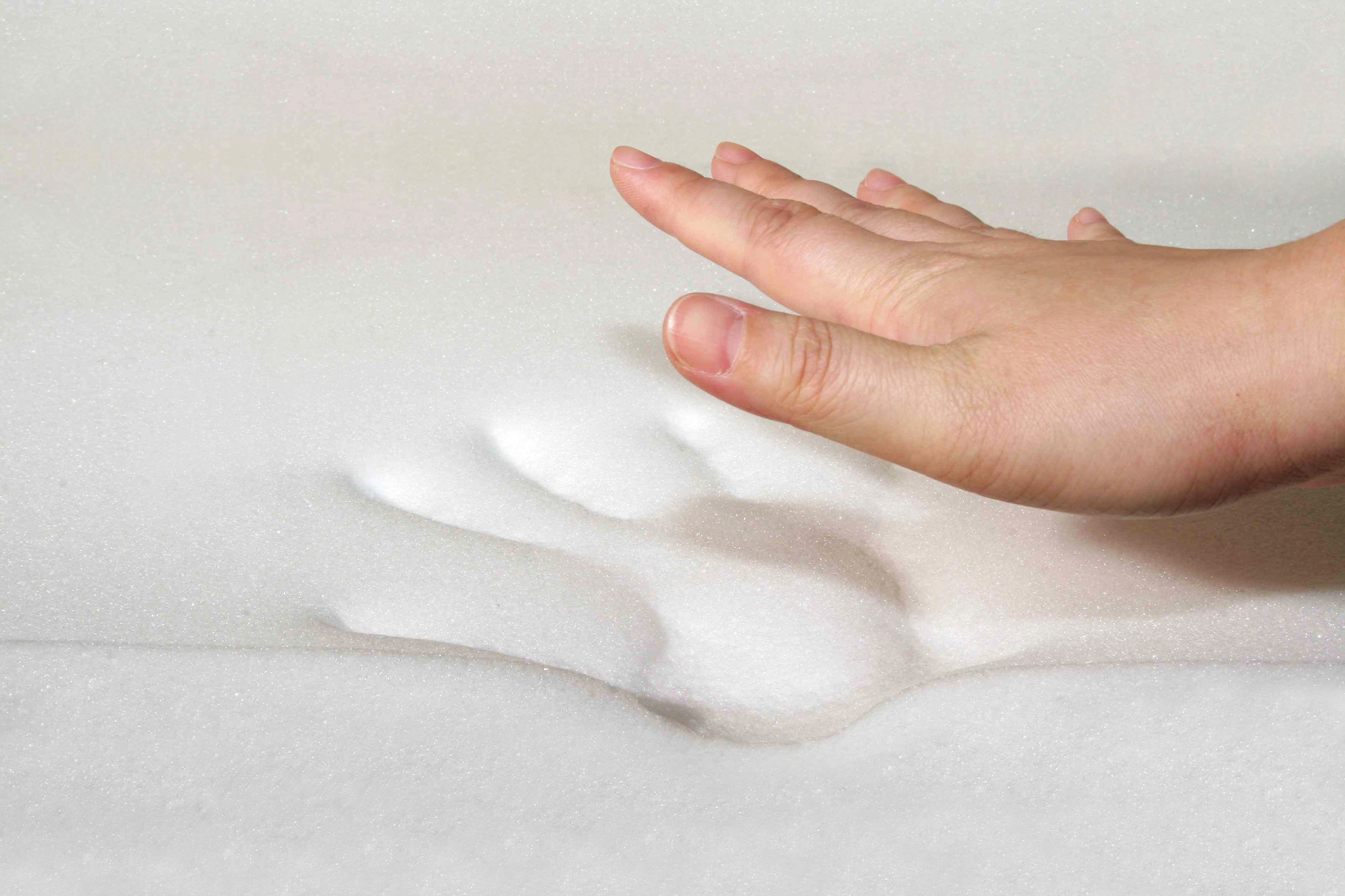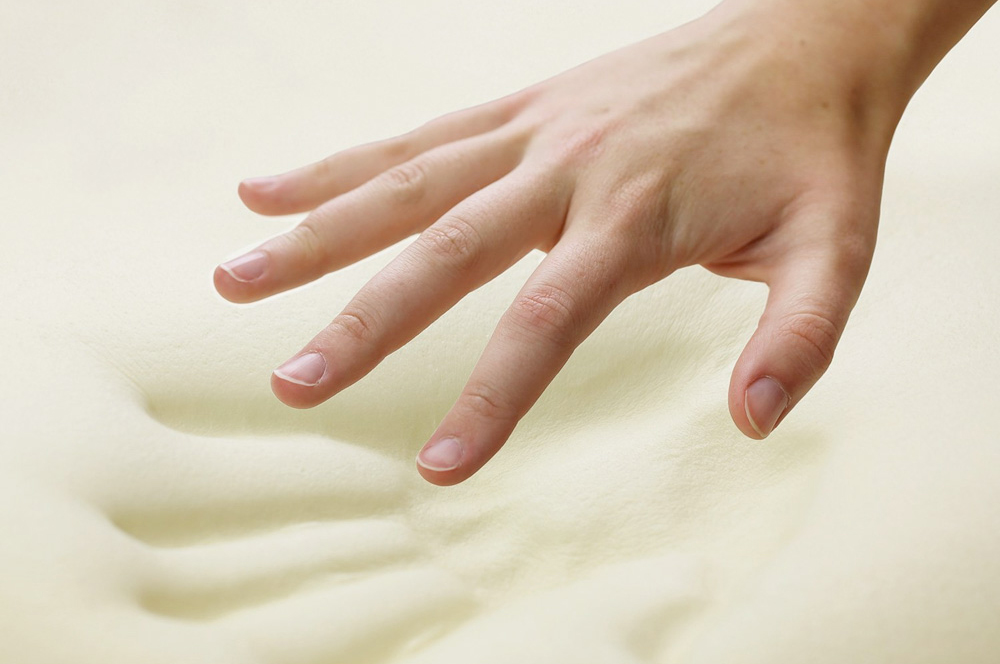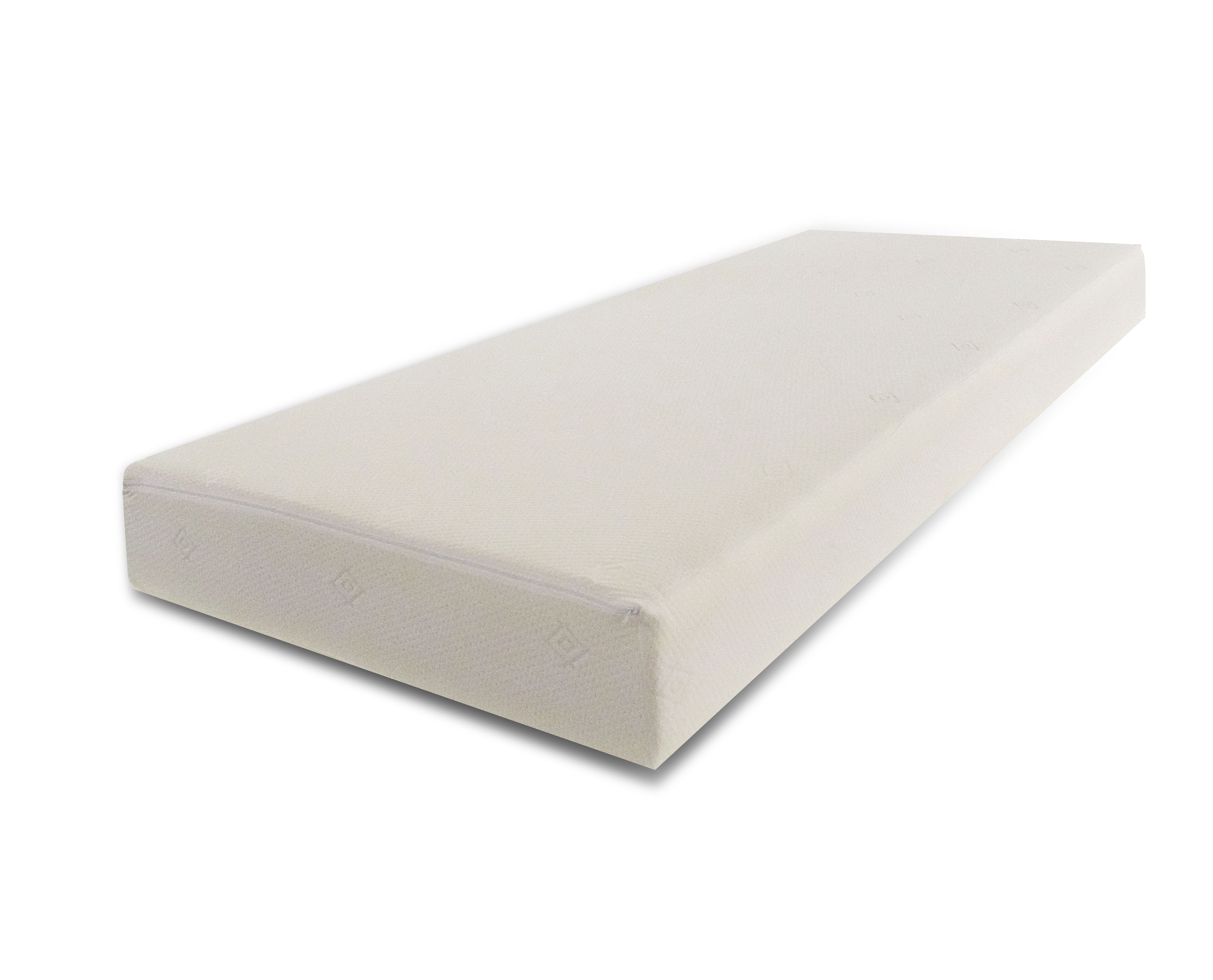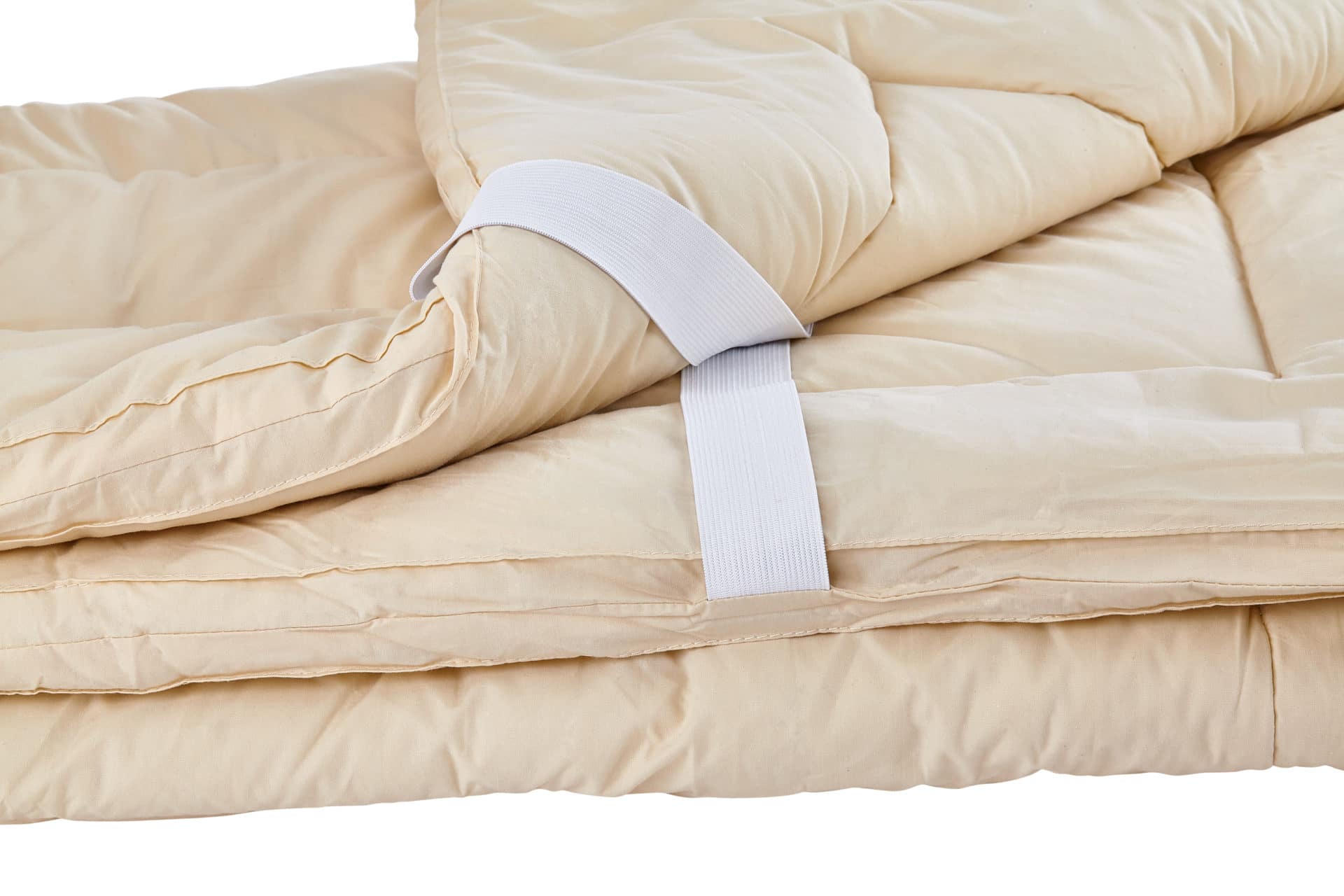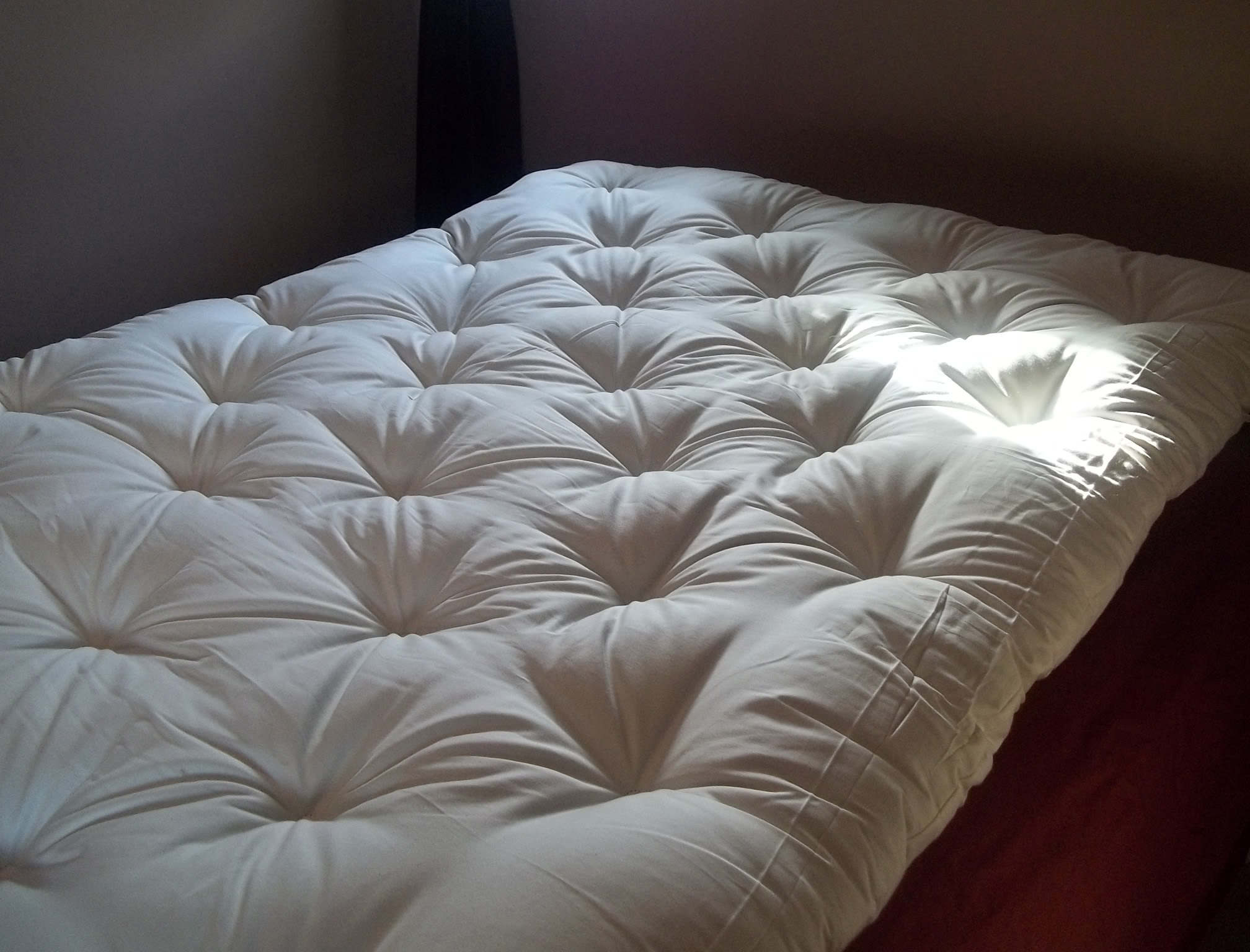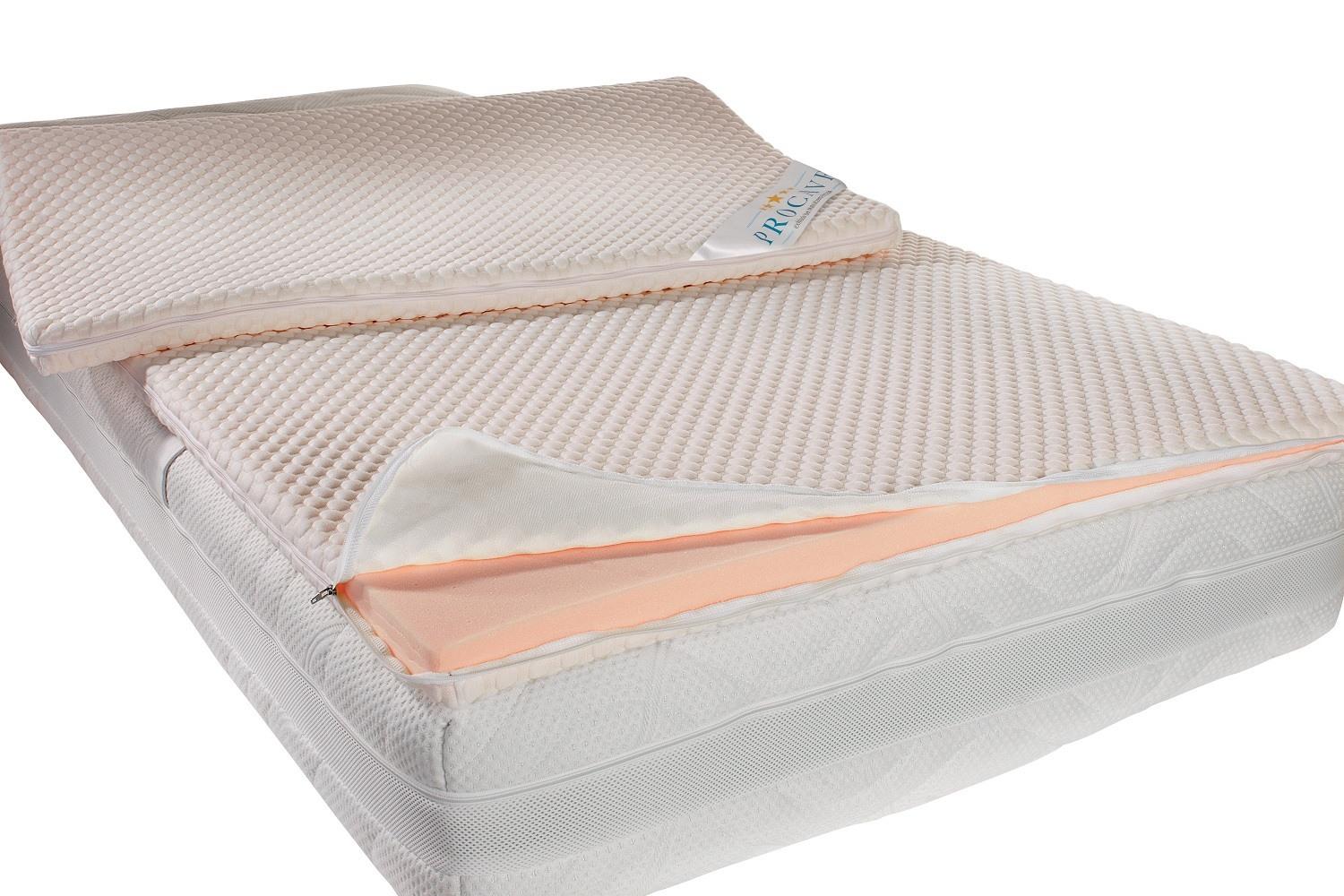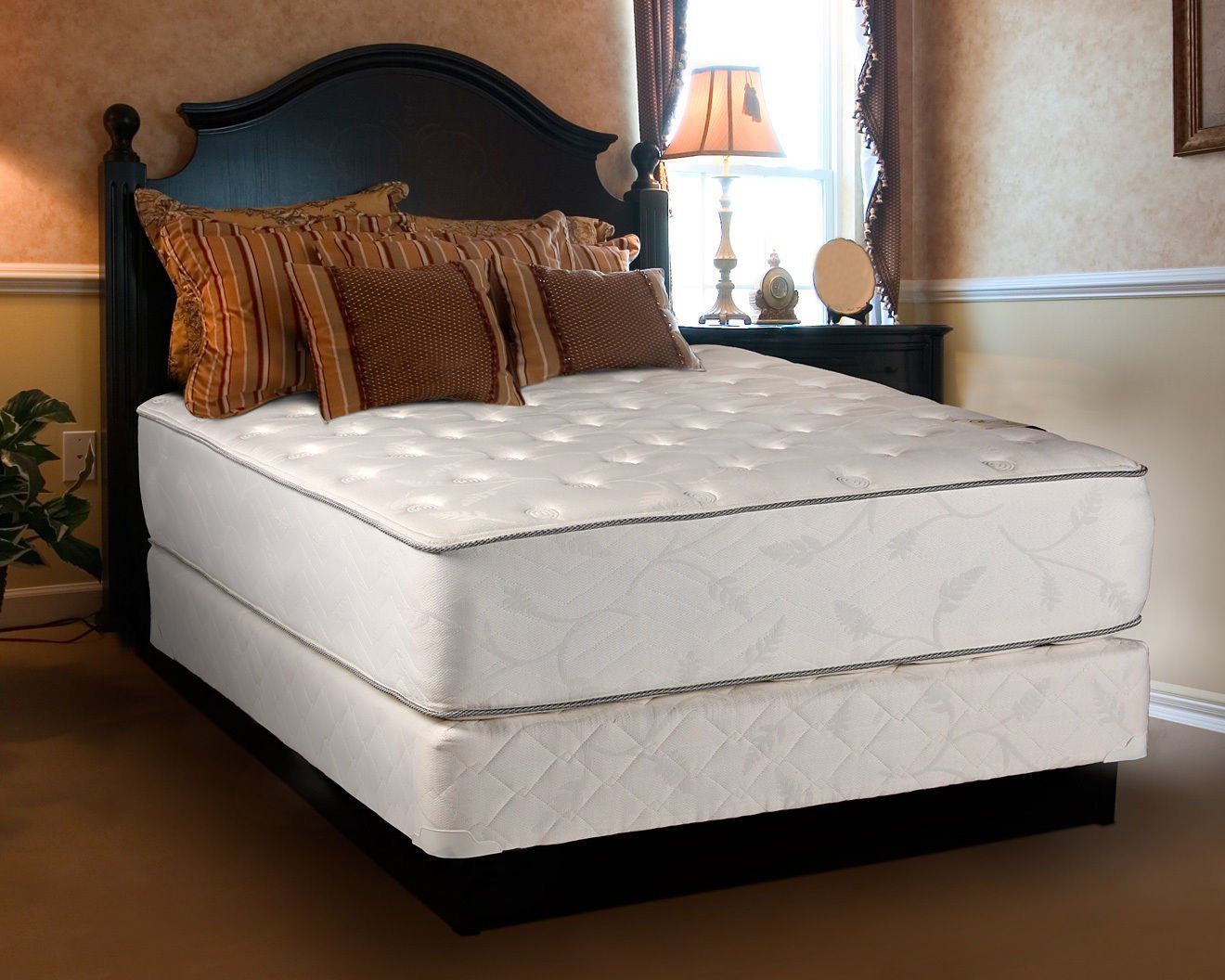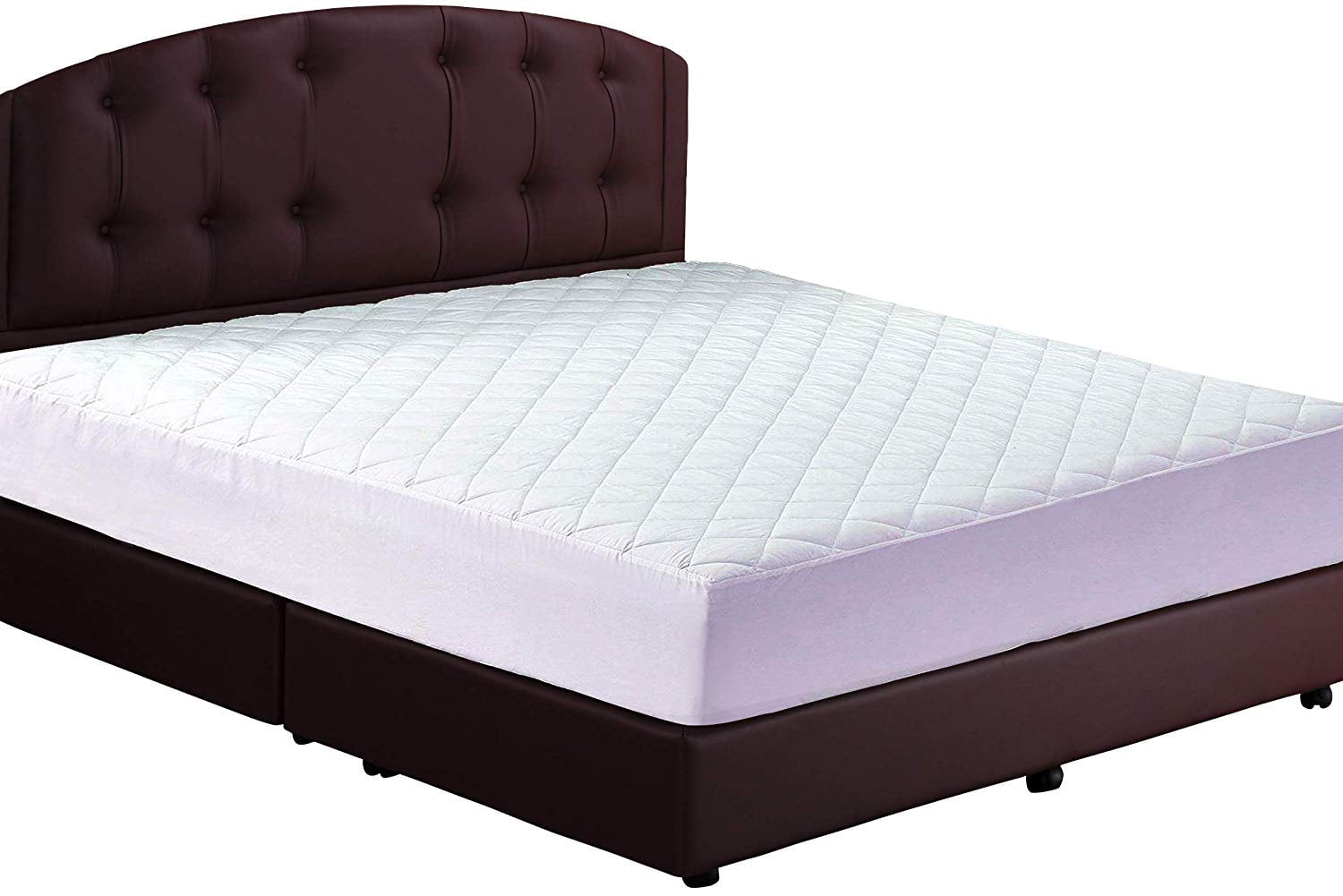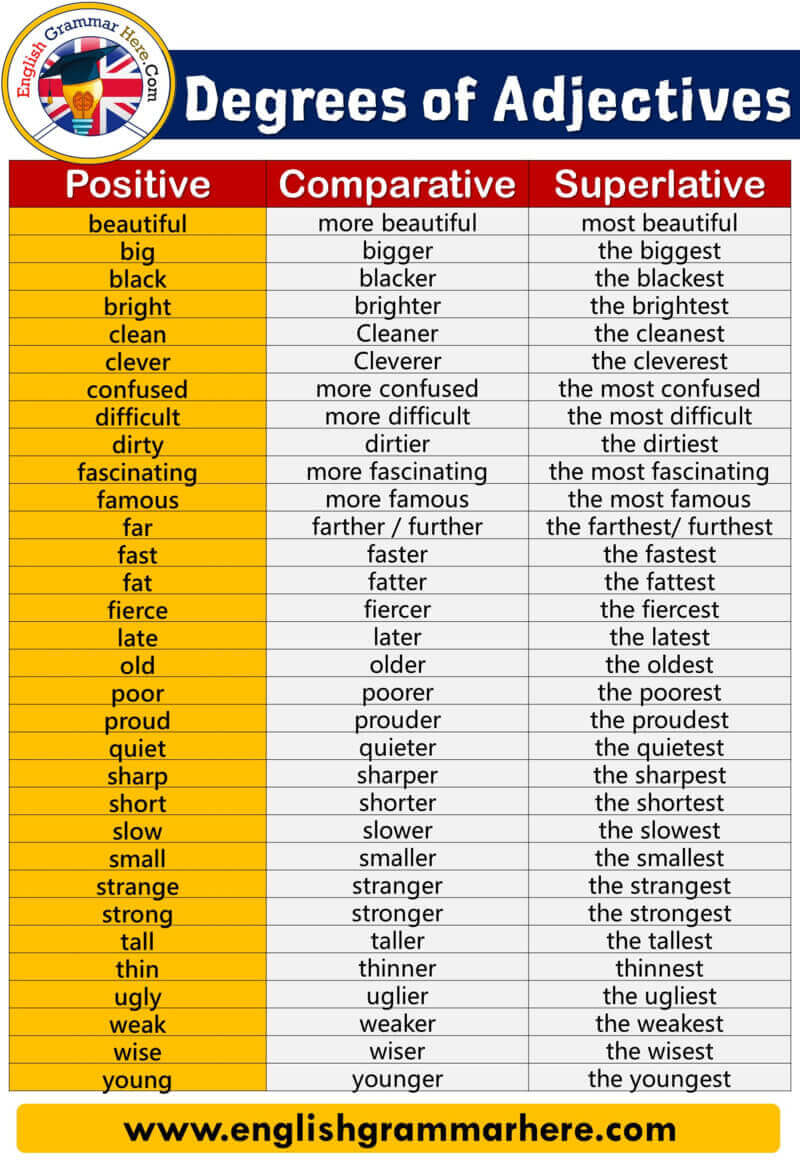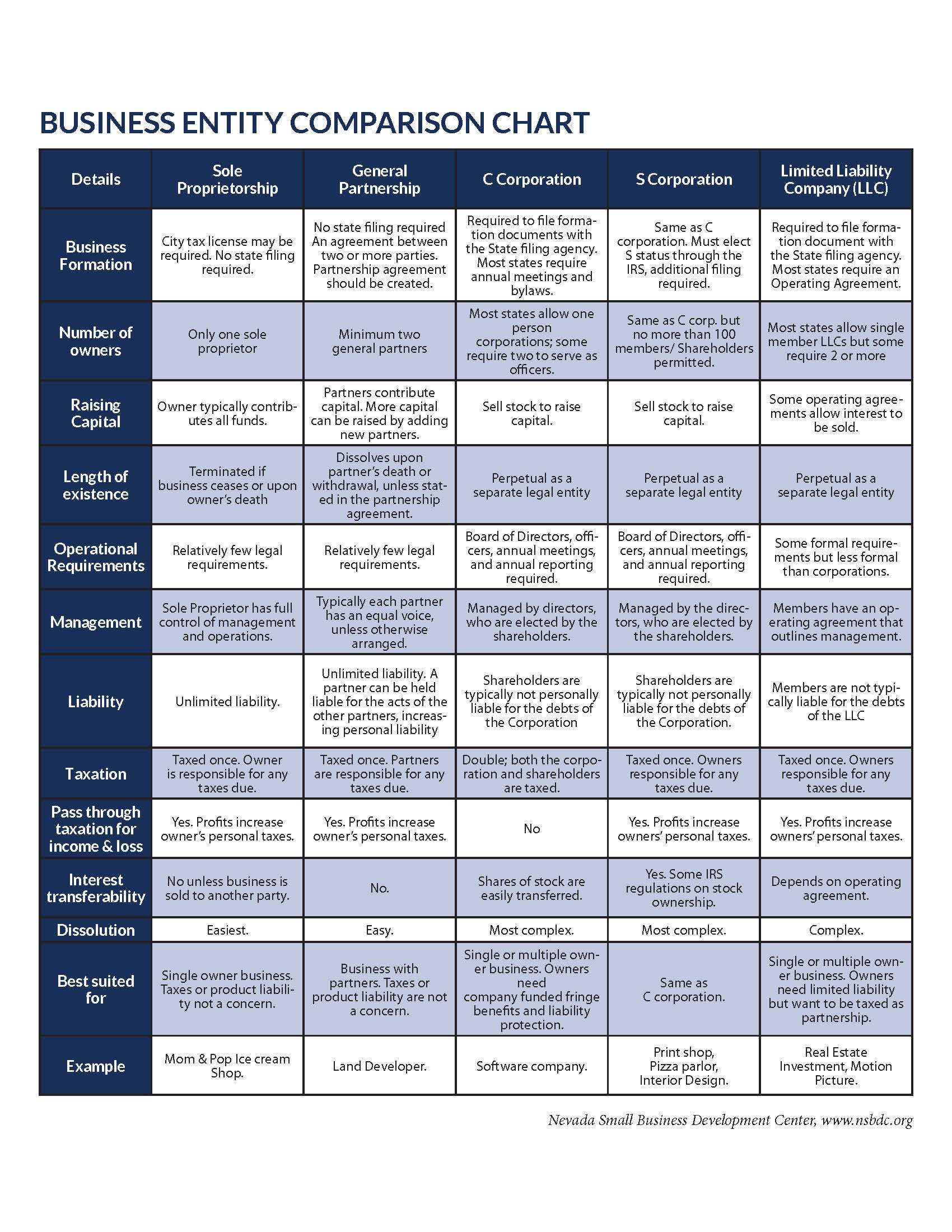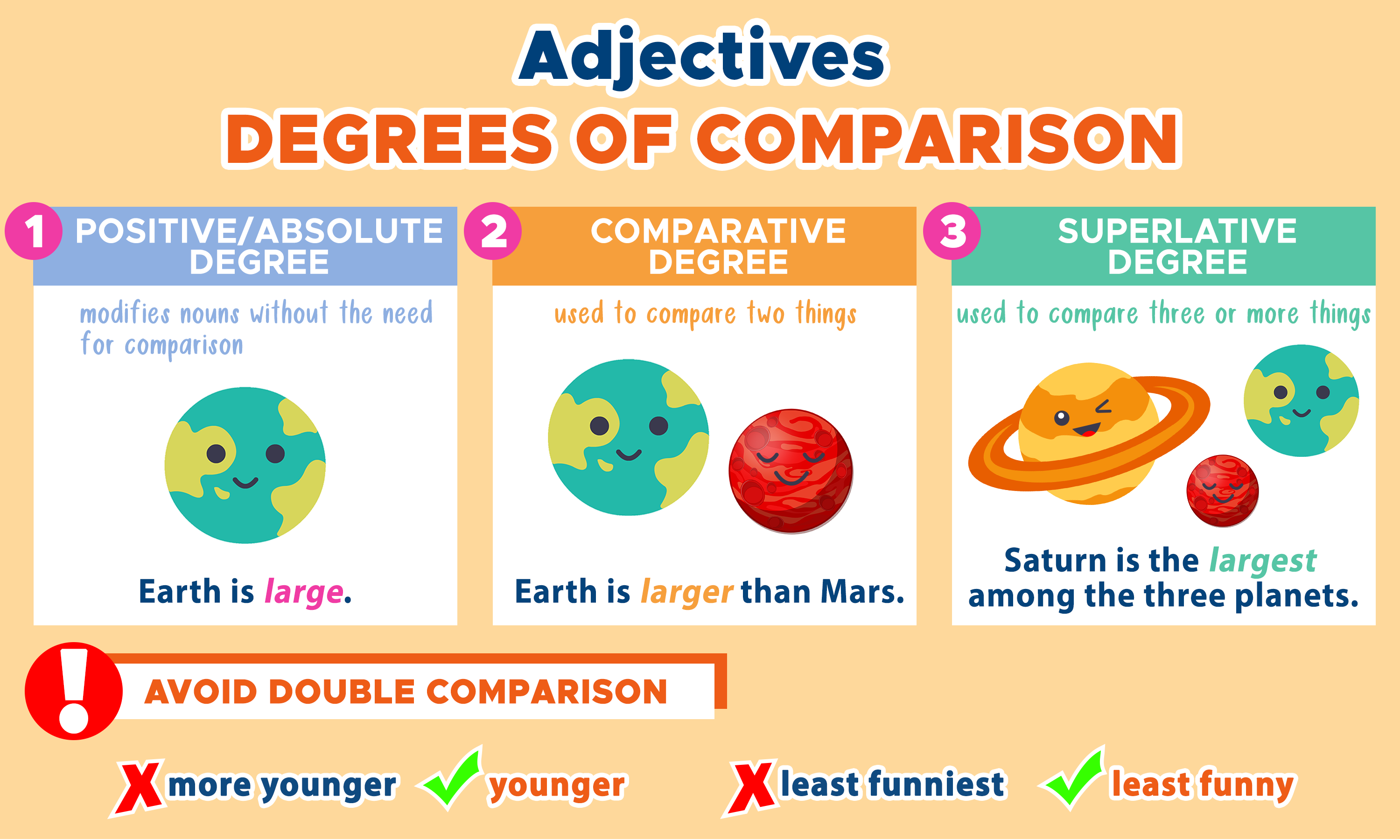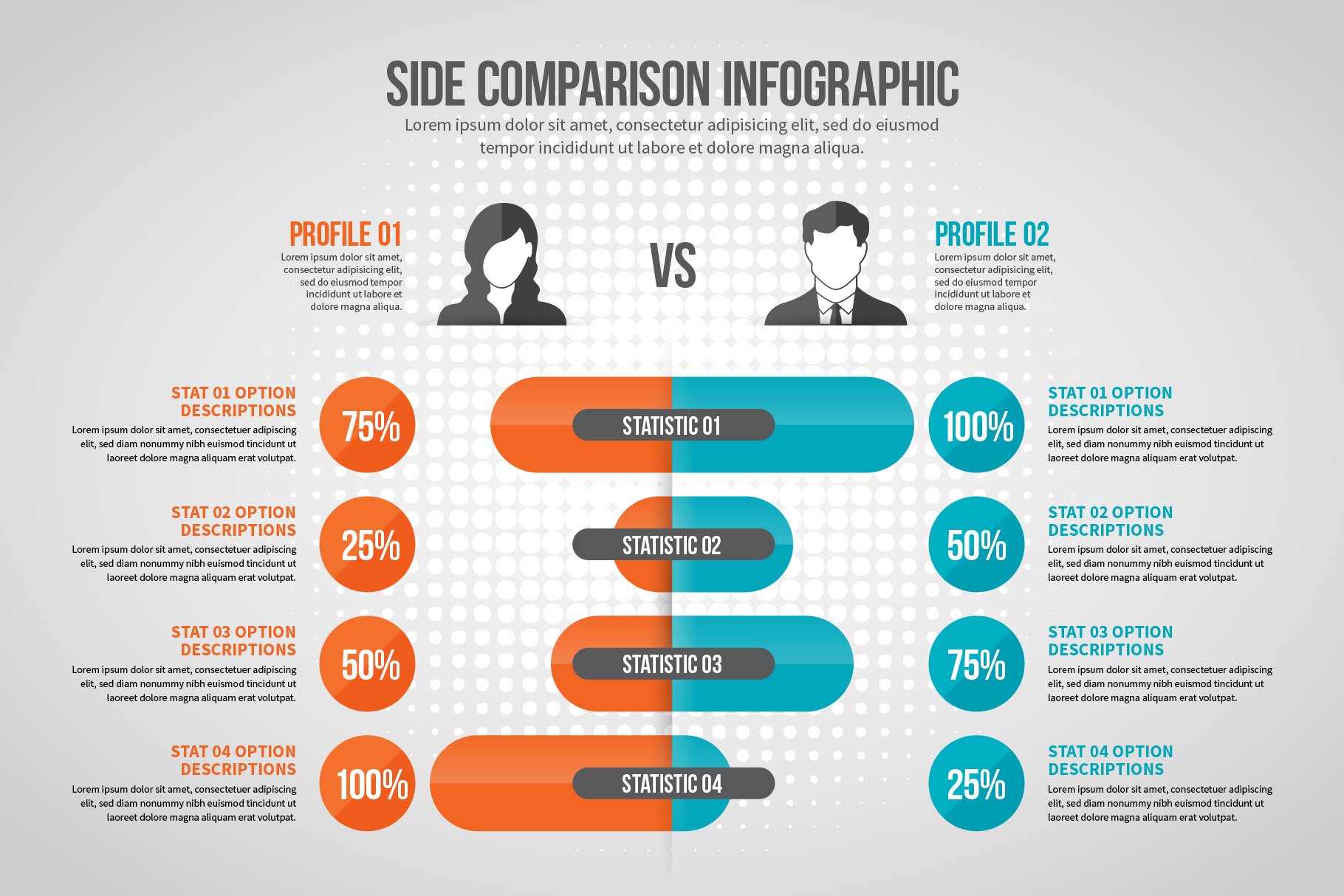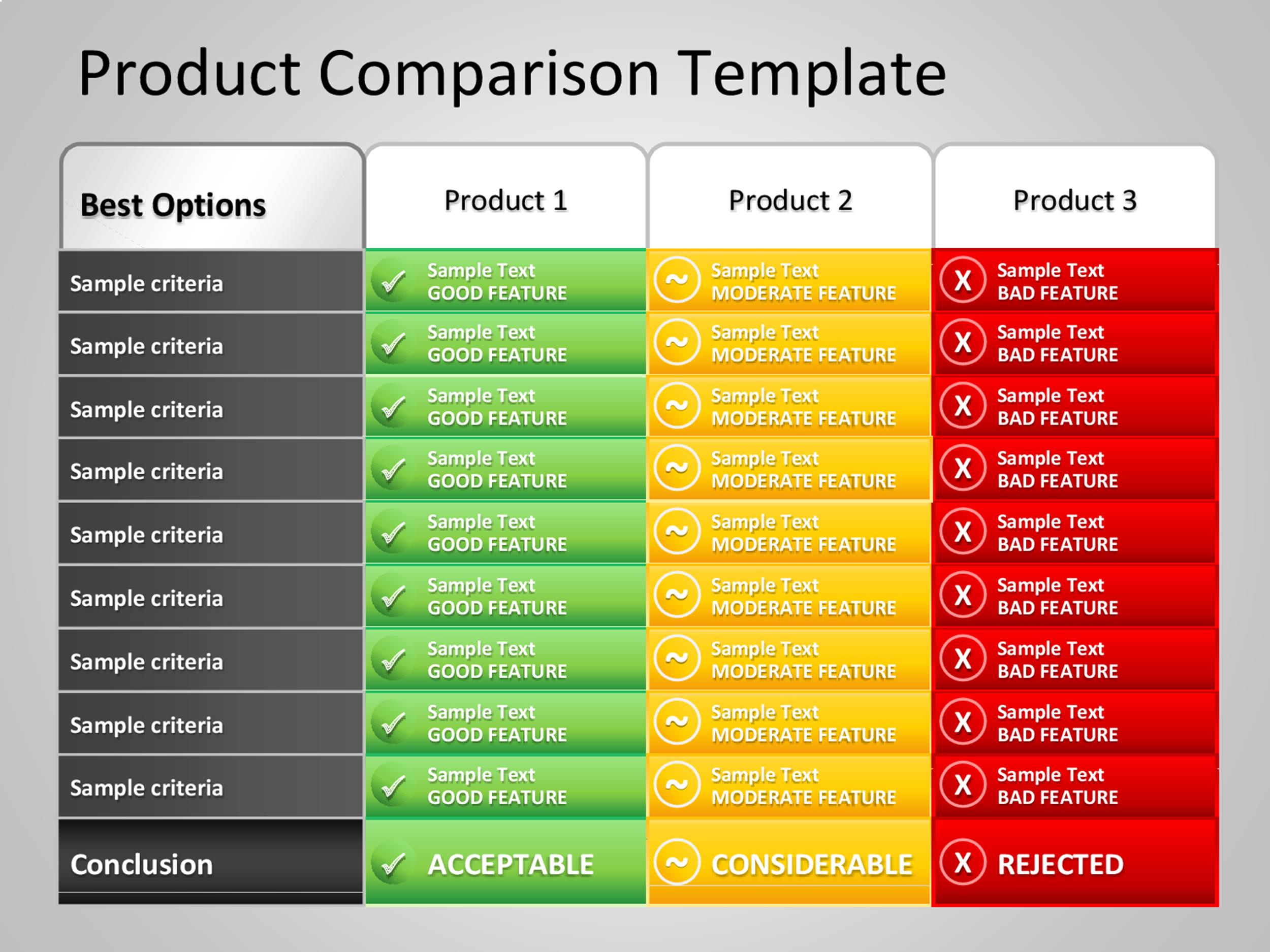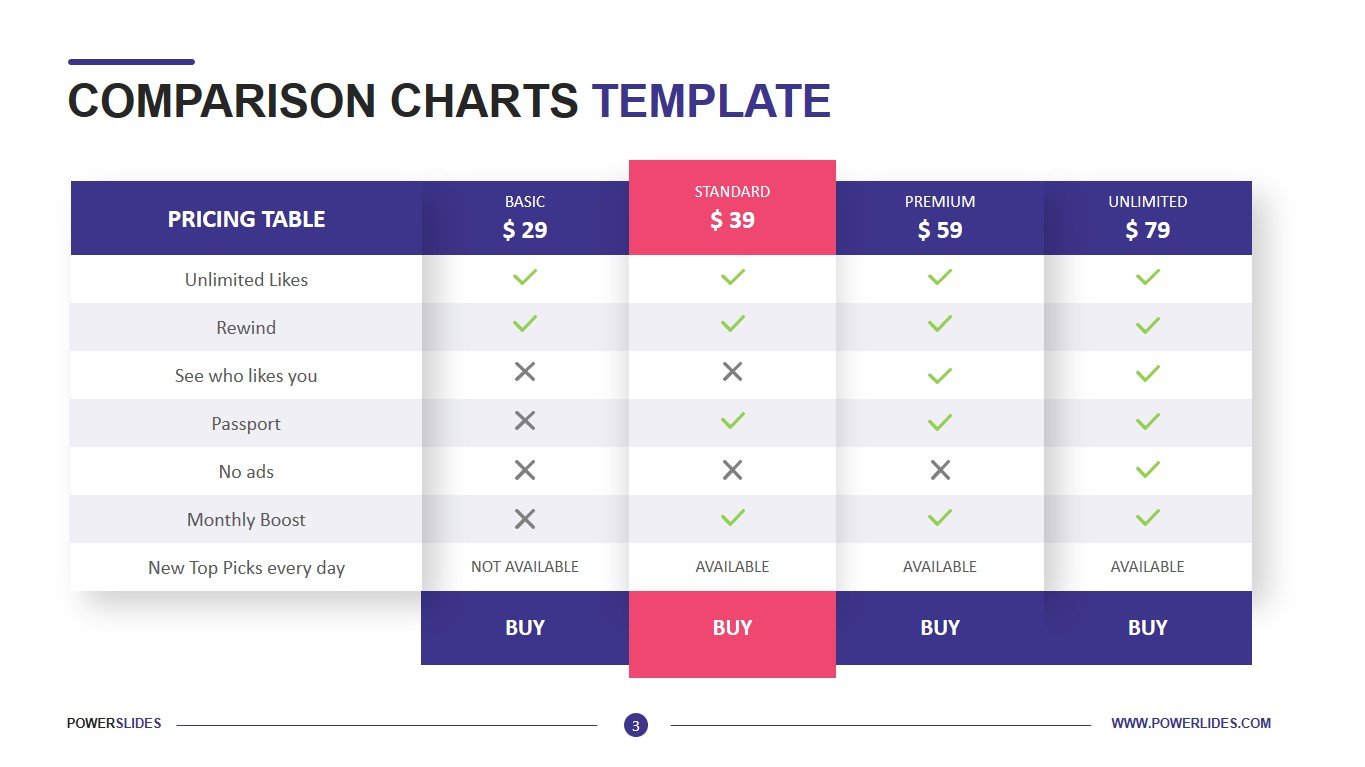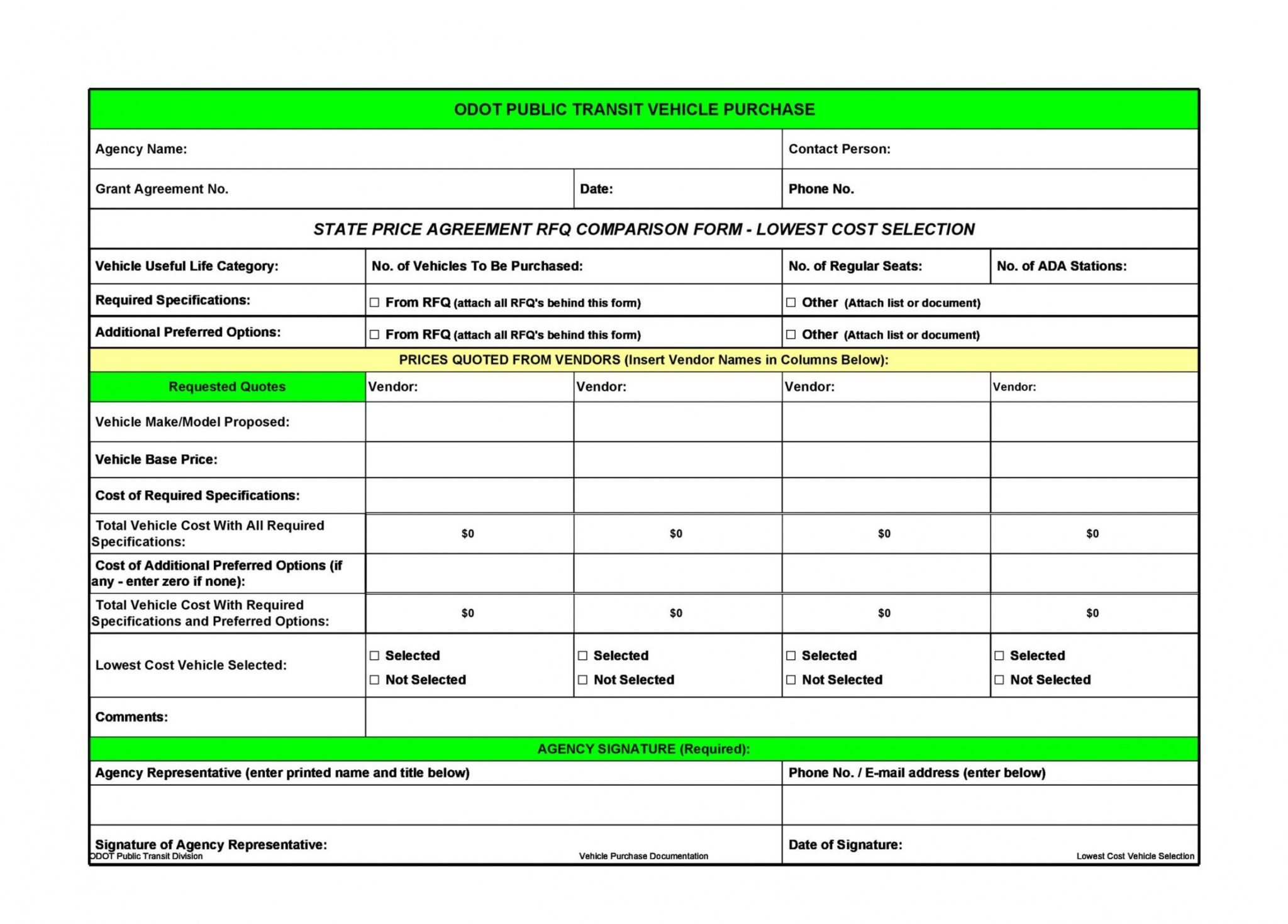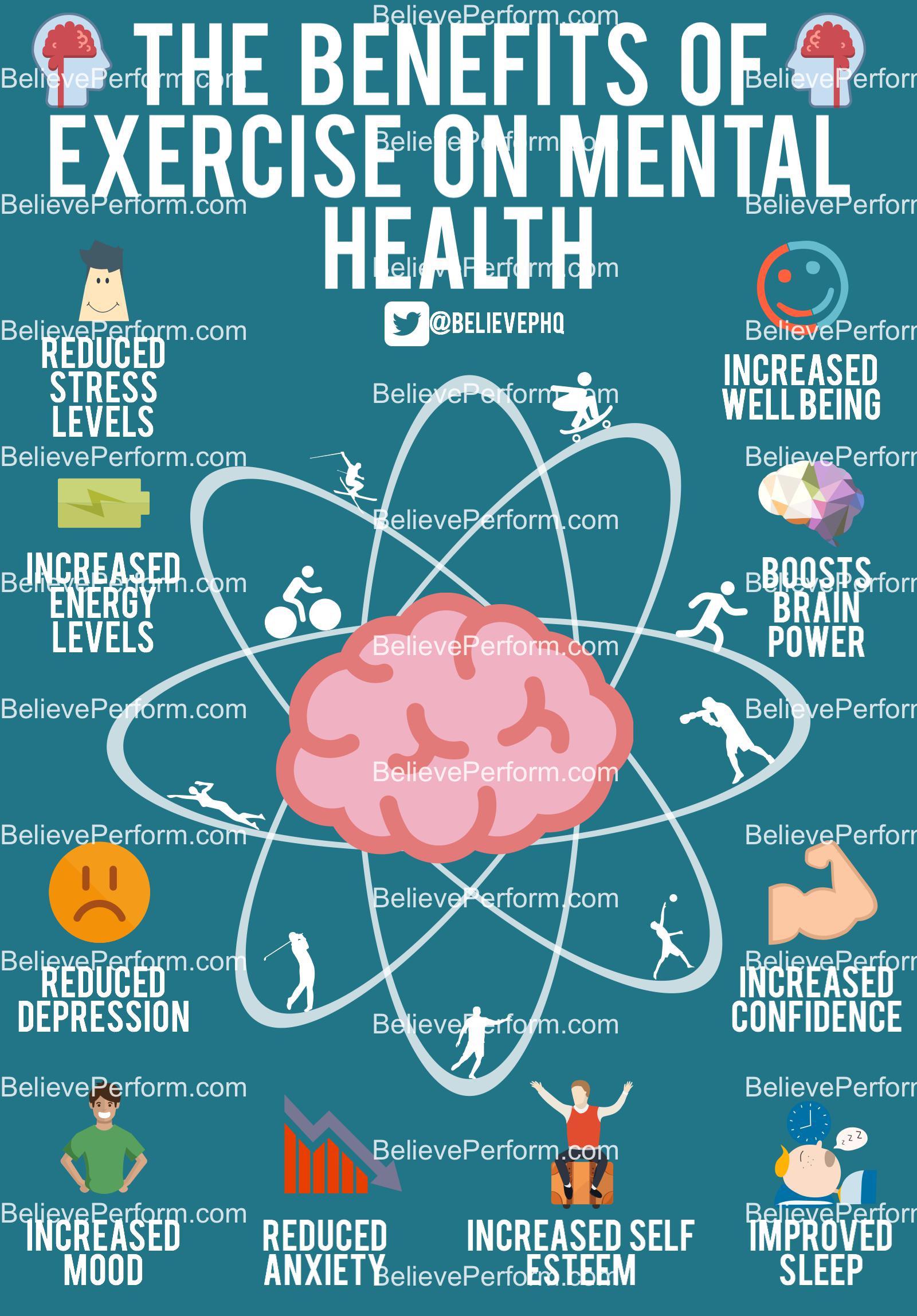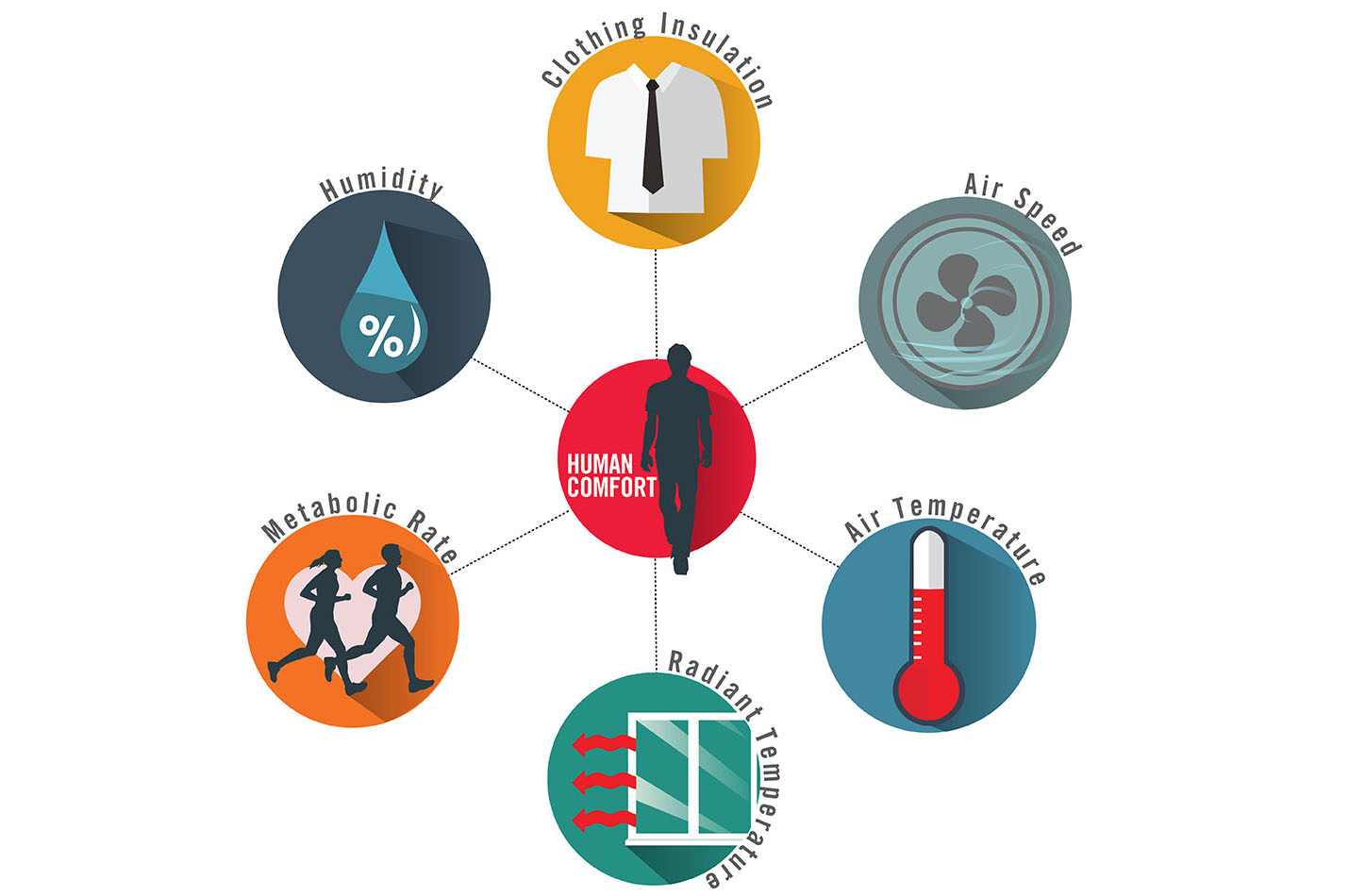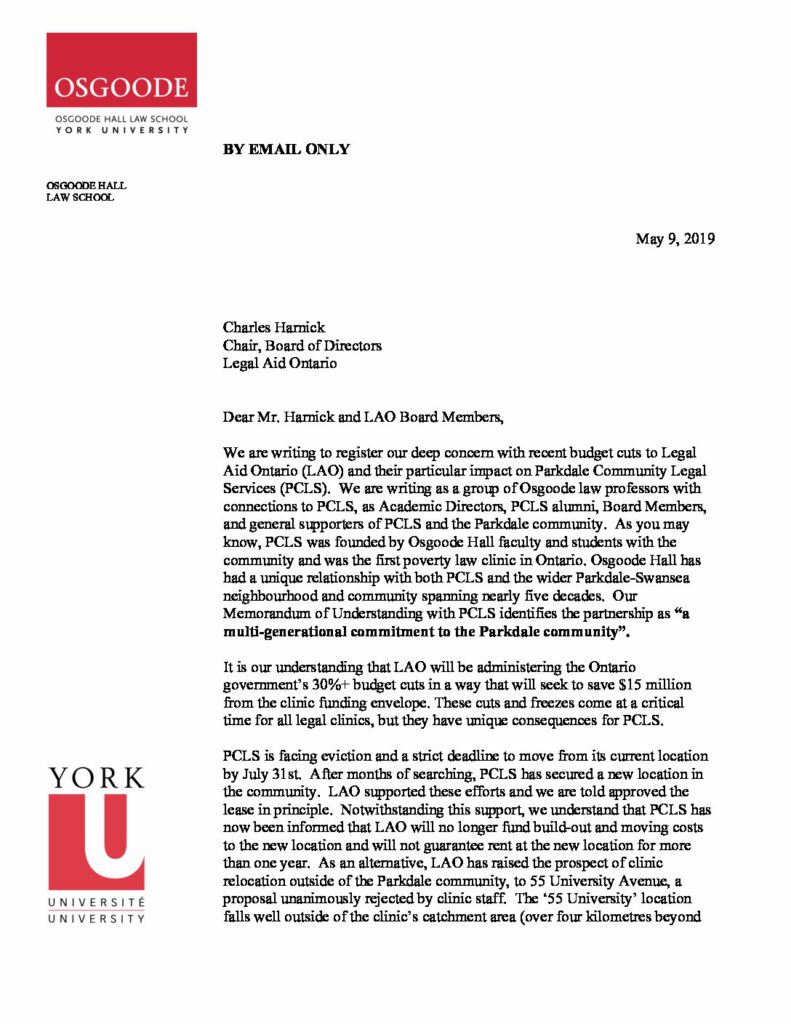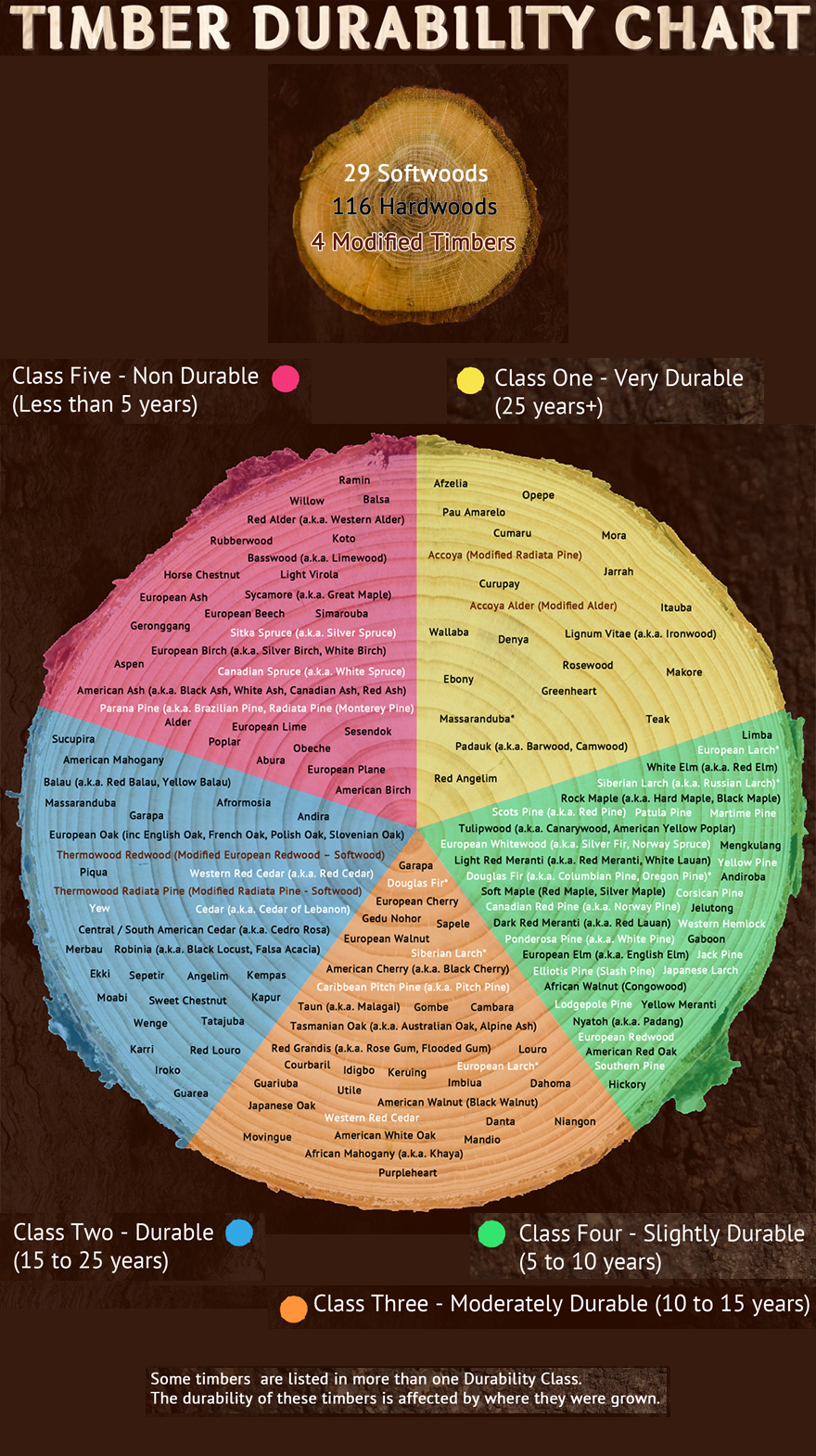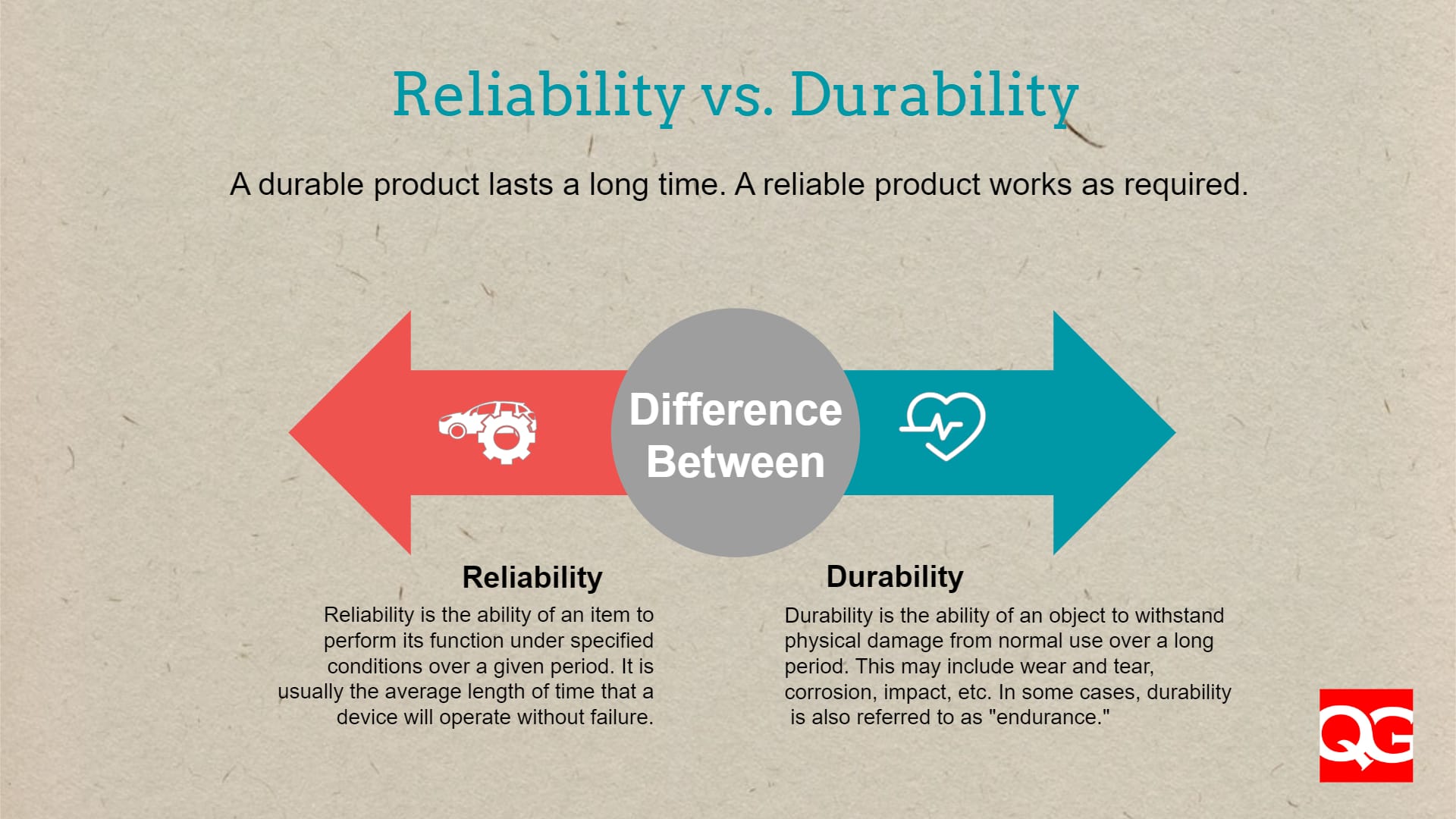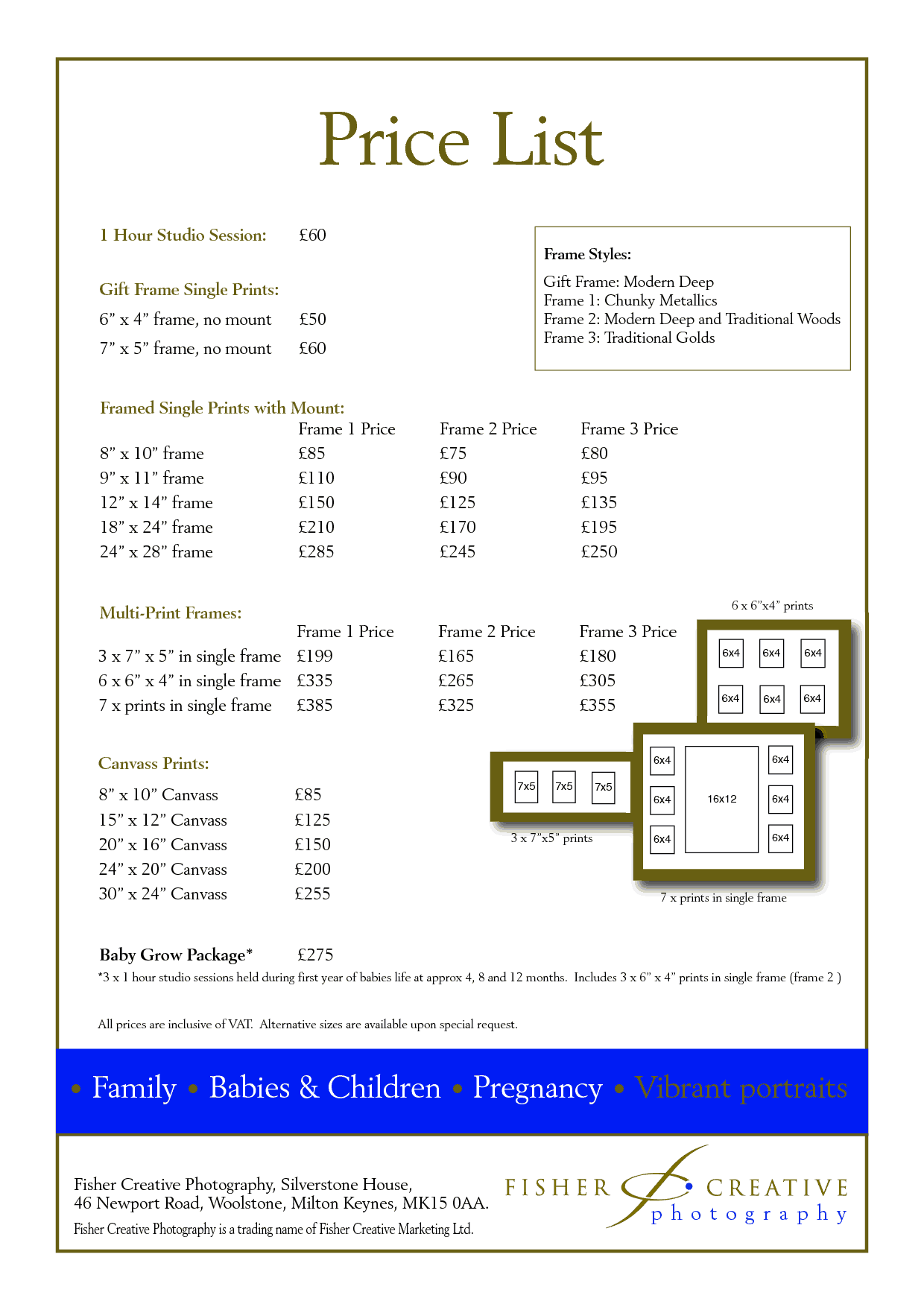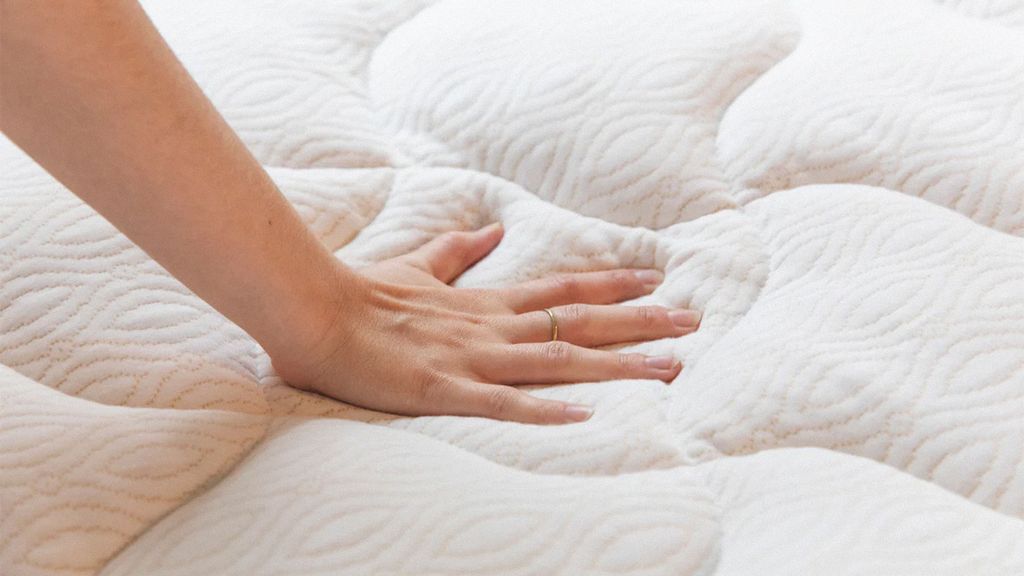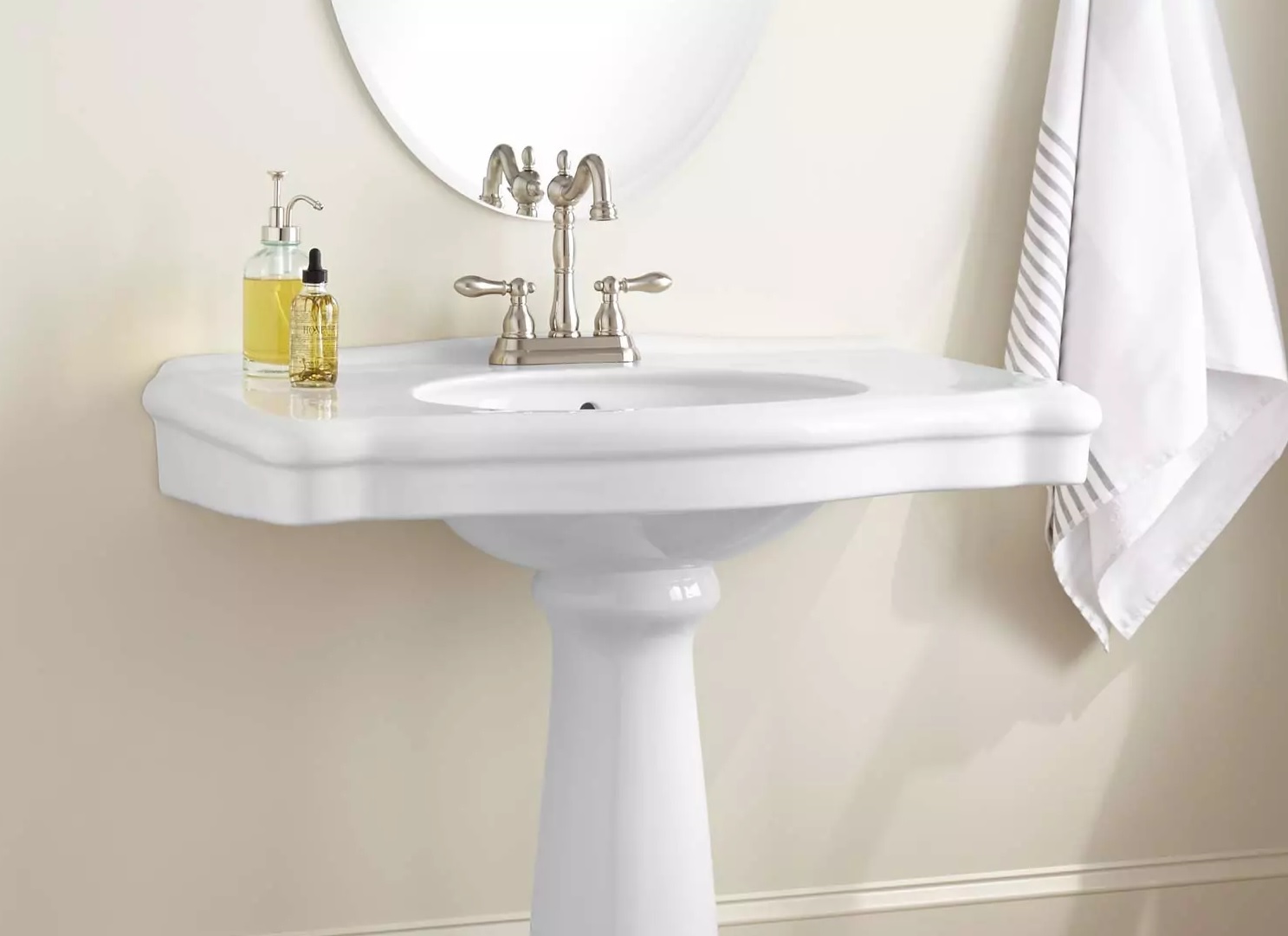1. Memory Foam: Comfort and Support
The main benefit of a memory foam mattress is its ability to conform to your body shape and provide personalized support. The foam molds to your curves and relieves pressure points, resulting in a comfortable and pain-free sleep. Memory foam is also known for its motion isolation, meaning you won't be disturbed by your partner's movements throughout the night.
2. Spring Mattress: Bouncier and Cooler
On the other hand, a spring mattress offers a bouncier and more responsive feel. The coils provide a natural bounce, making it easier to move around and change positions. Additionally, the open structure of the coils allows for better airflow, keeping you cooler while you sleep.
3. Topper: Added Comfort and Versatility
A topper is a thin layer of cushioning that can be added to either a memory foam or spring mattress. It can provide an extra layer of comfort and support, making your current mattress feel like new. Toppers come in various materials, such as memory foam, latex, or down, and can be easily removed and replaced for added versatility.
4. Memory Foam vs. Spring Mattress: A Comparison
When it comes to choosing between a memory foam and spring mattress, there are a few factors to consider. Memory foam is ideal for those who prefer a plush and contouring feel, while spring mattresses are better for those who prefer a firmer and bouncier surface. Memory foam is also better for reducing motion transfer, while spring mattresses offer better breathability.
5. The Benefits of Memory Foam
Aside from its comfort and support, memory foam has several other benefits. It is hypoallergenic and resistant to dust mites, making it a great option for those with allergies. Memory foam also has a longer lifespan compared to spring mattresses, with some lasting up to 10 years. Its ability to relieve pressure points can also aid in reducing aches and pains.
6. The Benefits of Spring Mattresses
While memory foam has its advantages, spring mattresses also have their own benefits. With its open structure, a spring mattress allows for better air circulation, making it a cooler option for hot sleepers. Spring mattresses are also more budget-friendly compared to memory foam mattresses, making them a popular choice for those on a tighter budget.
7. Durability: Memory Foam vs. Spring Mattress
When it comes to durability, both memory foam and spring mattresses have their strengths. Memory foam tends to last longer, but it may develop body impressions over time, affecting its support. Spring mattresses, on the other hand, may begin to squeak or lose support after a few years. Regularly flipping and rotating your mattress can help prolong its lifespan.
8. Price Comparison
As mentioned, spring mattresses are generally more affordable than memory foam mattresses. However, the price can vary greatly depending on the brand, materials, and features. Memory foam mattresses tend to be more expensive, but investing in a high-quality one can provide you with better comfort and support in the long run.
9. Finding the Perfect Balance
Ultimately, the best mattress for you will depend on your personal preferences and needs. Consider your sleeping position, body weight, and any potential health issues when making your decision. If you can't decide between memory foam and spring, you can always opt for a hybrid mattress that combines the benefits of both materials for a balanced and comfortable sleep experience.
10. In Conclusion
When it comes to mattresses, there isn't a clear winner between memory foam and spring. Each has its own unique benefits and features that cater to different needs and preferences. By understanding the differences and considering your individual needs, you can find the perfect mattress for a good night's sleep.
Why Memory Foam Mattresses May Be the Best Choice for Your Sleep

Discover the Benefits of Memory Foam Mattresses
 When it comes to choosing the perfect mattress for your bedroom, there are various factors that you need to consider. One of the most important factors is the type of material used in the mattress. Two popular options in the market are memory foam mattresses and spring mattresses with a topper. While both have their own advantages,
memory foam mattresses
may actually be the best choice for your sleep needs. Let's explore why.
When it comes to choosing the perfect mattress for your bedroom, there are various factors that you need to consider. One of the most important factors is the type of material used in the mattress. Two popular options in the market are memory foam mattresses and spring mattresses with a topper. While both have their own advantages,
memory foam mattresses
may actually be the best choice for your sleep needs. Let's explore why.
Comfort and Support
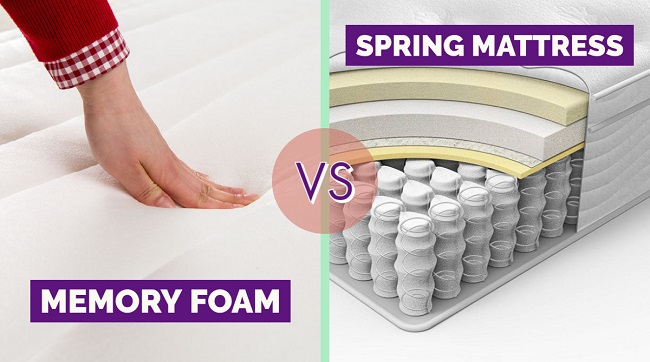 One of the main reasons why many people prefer memory foam mattresses is because of their superior comfort and support. The
memory foam
material conforms to the shape of your body, providing a personalized sleeping experience. This means that your body weight is evenly distributed, reducing pressure points and allowing your muscles to relax. On the other hand, spring mattresses with a topper tend to have a bouncier surface, which may not be as comfortable for those who prefer a more plush sleeping surface.
One of the main reasons why many people prefer memory foam mattresses is because of their superior comfort and support. The
memory foam
material conforms to the shape of your body, providing a personalized sleeping experience. This means that your body weight is evenly distributed, reducing pressure points and allowing your muscles to relax. On the other hand, spring mattresses with a topper tend to have a bouncier surface, which may not be as comfortable for those who prefer a more plush sleeping surface.
Durability and Longevity
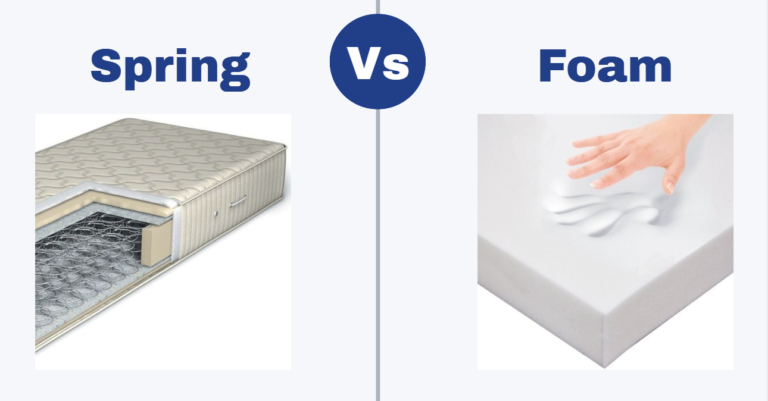 Another advantage of memory foam mattresses is their durability and longevity. The foam used in these mattresses is known for its high-density and resilience, making it less prone to sagging and wear and tear. This means that
memory foam mattresses
may last longer than spring mattresses with a topper, making them a more cost-effective option in the long run.
Another advantage of memory foam mattresses is their durability and longevity. The foam used in these mattresses is known for its high-density and resilience, making it less prone to sagging and wear and tear. This means that
memory foam mattresses
may last longer than spring mattresses with a topper, making them a more cost-effective option in the long run.
Motion Isolation
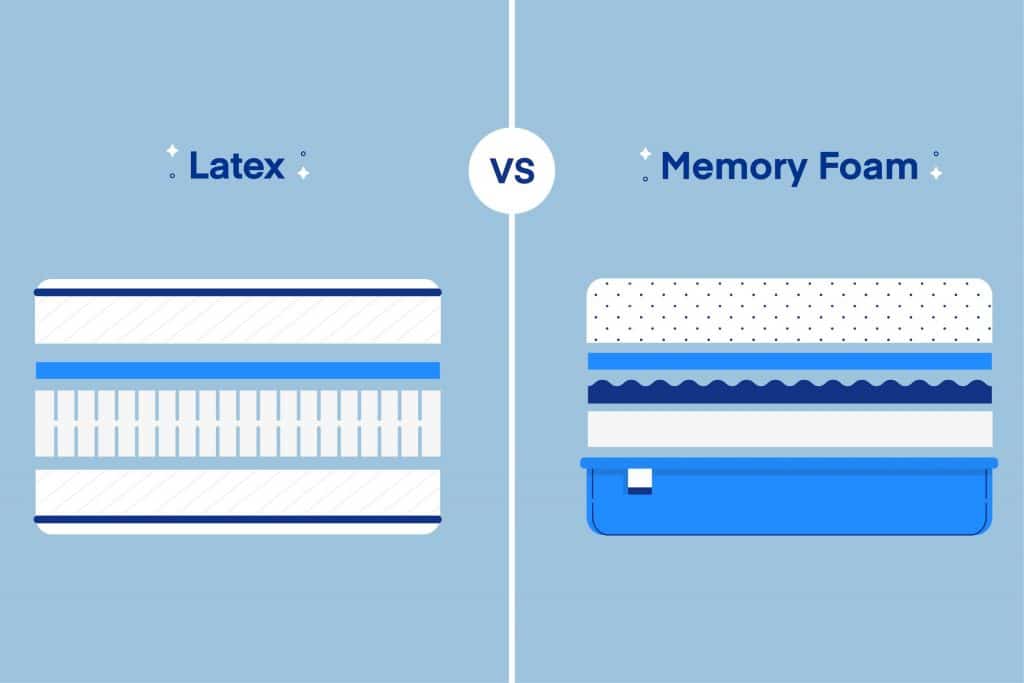 If you share your bed with a partner, you may have experienced the discomfort of being jostled around every time they move. With memory foam mattresses, this is not an issue. The foam absorbs motion, preventing it from transferring to other parts of the bed. This is especially beneficial for light sleepers who are easily disturbed by movement.
If you share your bed with a partner, you may have experienced the discomfort of being jostled around every time they move. With memory foam mattresses, this is not an issue. The foam absorbs motion, preventing it from transferring to other parts of the bed. This is especially beneficial for light sleepers who are easily disturbed by movement.
Conclusion
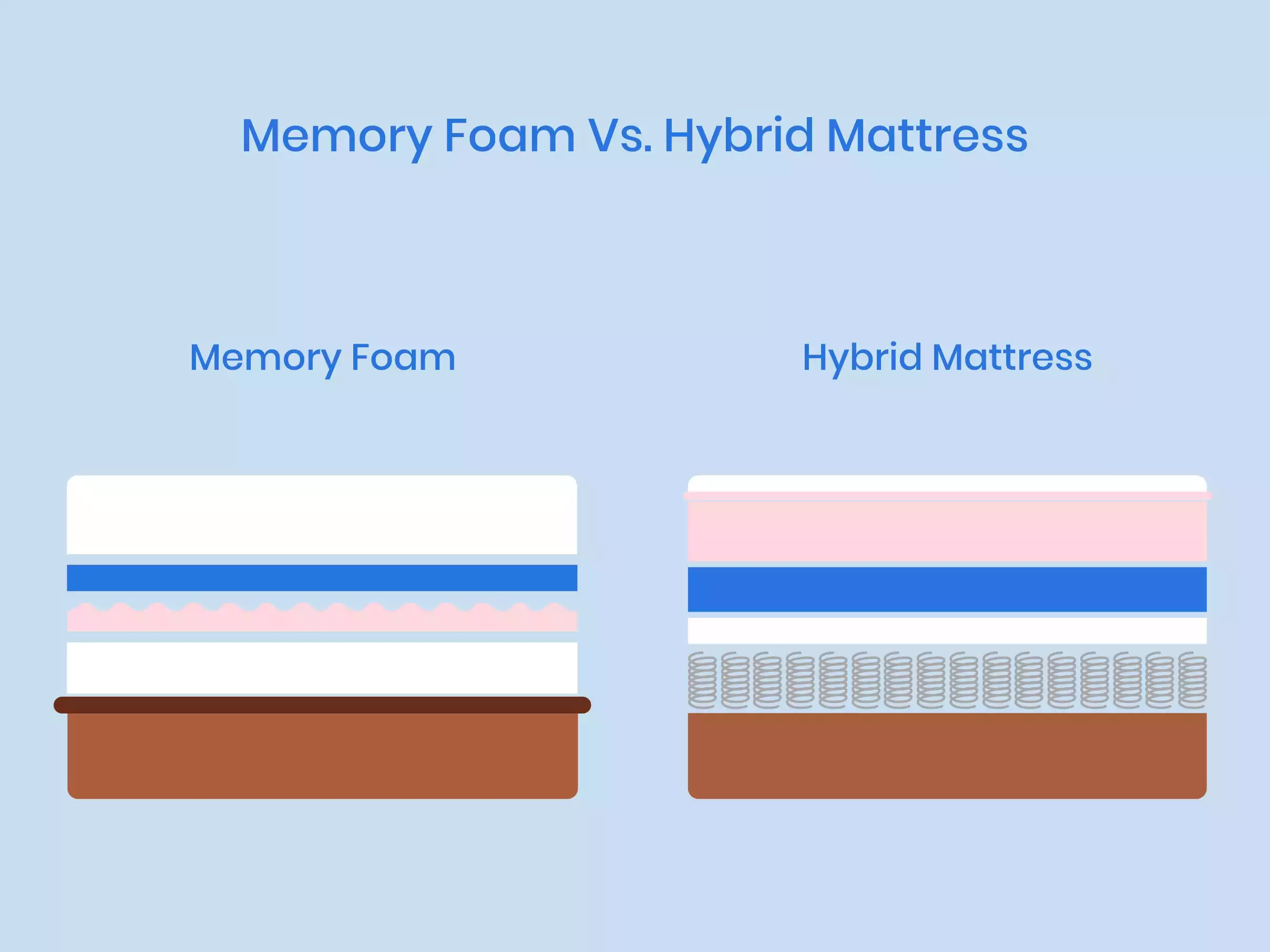 In conclusion, while both memory foam mattresses and spring mattresses with a topper have their own unique qualities,
memory foam mattresses
may provide a better overall sleep experience. From comfort and support to durability and motion isolation, the benefits of memory foam make it a top choice for many. So if you are in the market for a new mattress, consider investing in a high-quality memory foam option for a good night's sleep every night.
In conclusion, while both memory foam mattresses and spring mattresses with a topper have their own unique qualities,
memory foam mattresses
may provide a better overall sleep experience. From comfort and support to durability and motion isolation, the benefits of memory foam make it a top choice for many. So if you are in the market for a new mattress, consider investing in a high-quality memory foam option for a good night's sleep every night.

